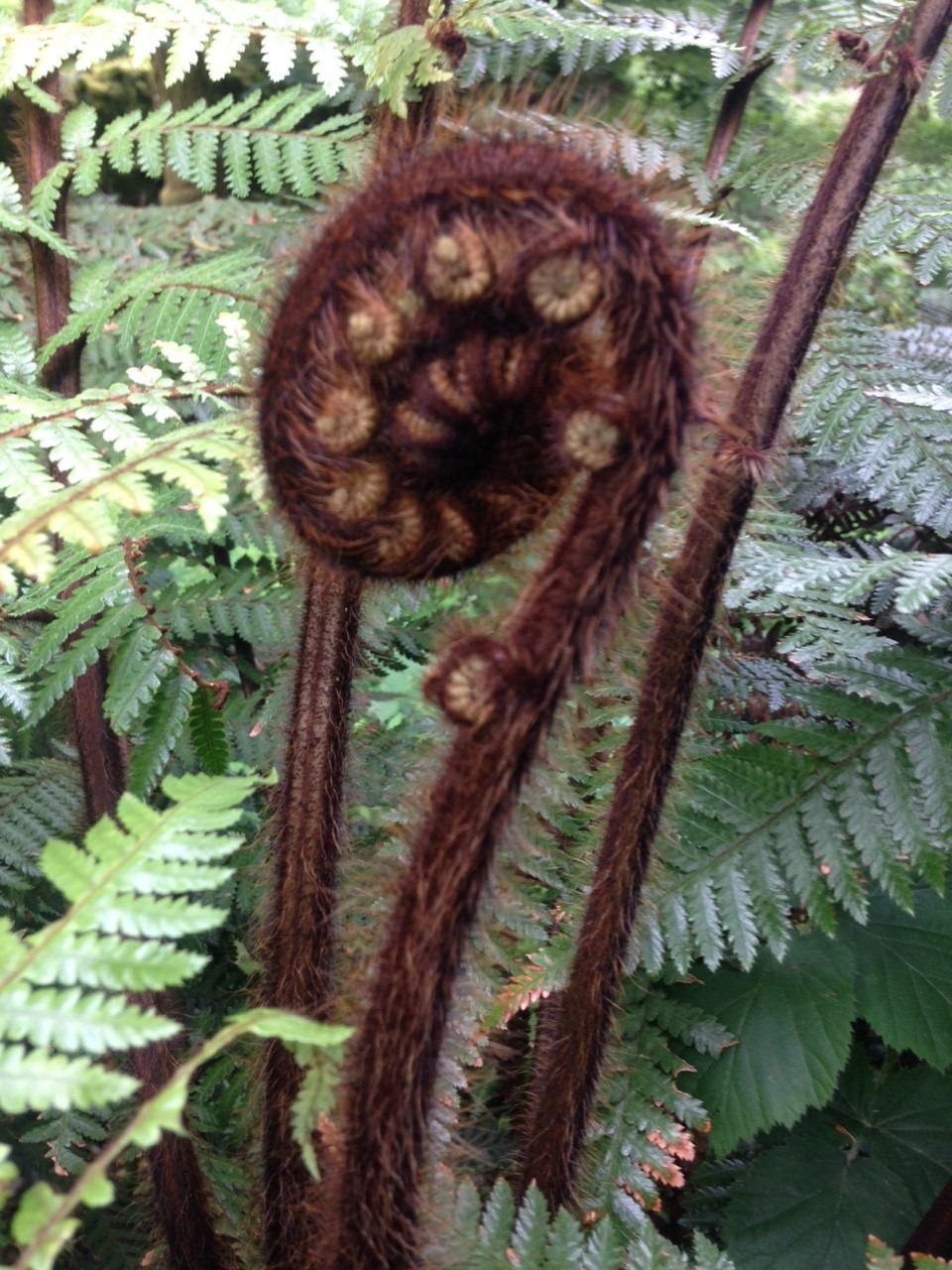Description
Dicksonia squarrosa is an extremely elegant and exotic looking Tree Fern from New Zealand (North Island, South Island, Stewart Island, Chatham Island, Three Kings Island). It has a very slender dark trunk up to 7 metres (22 feet) tall, in its native habitat, covered in yellowish-brown hairs. The fronds, dark green on top and paler underneath are quite rough in texture and form a graceful spreading erect crown.
A unique feature of this species is its ability to re-sprout from dormant adventitious buds lower down in the trunk or ground if the top is destroyed by cold. This species is happiest if it is never allowed to fully dry out. In the wild, the dead fronds cling to the trunk, forming a skirt, to prevent it from losing moisture.
It is not as hardy as Dicksonia antarctica and fronds will be damaged by severe frosts. I have planted one in the shade of trees in my garden to test out. Probably more suited as a (cold) conservatory plant or potted up to move on in the winter months in most areas in Ireland and Britain.
My experience on the hardiness of the squarrosa outdoors over the past 5 winters has been mixed. I believe at a minimum it should be planted in the shelter of larger plants and it should last through the winter. However another problem with it is the amount of water that it needs. Being a practically hollow trunk it dehydrates very easily during prolonged period of dry weather. Essentially it goes into stress if it dries out. It needs to be constantly watered and also needs to be fed. remember most of the Dicksonia squarrosa grow in poor, wet and swampy soil that get extremely high precipitation all year round.
When plants used to arrive by container after import they had little or no root structure, which puts a huge strain on the plant. Give it plenty of TLC to help re-establish the root system and you should have a more success.
Hardiness: down to around -3 celsuis without protection. Should you lose your Dicksonia squarrossa due to the winter cold, do not remove it! You can be almost certain new plants will emerge from the base.
RHS AGM 1997



